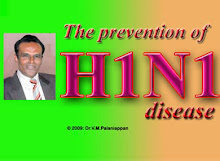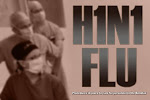Recent Posts
- infant h1n1 vaccine
- h1n1 england vaccine
- google h1n1 flu shot locator
- glaxosmithkline recalls h1n1 vaccine in canada
- h1n1 hong kong travel
- h1n1 pcr
- gripe a h1n1 tratamiento
- swine flu fatigue no fever
- h1n1 yellow sputum
- seasonal flu shot and h1n1 together
- h1n1 typical symptoms
- mcgill h1n1 policy
- h1n1 mycoplasma pneumoniae
- h1n1 deaths in us by state
- h1n1 mri brain








